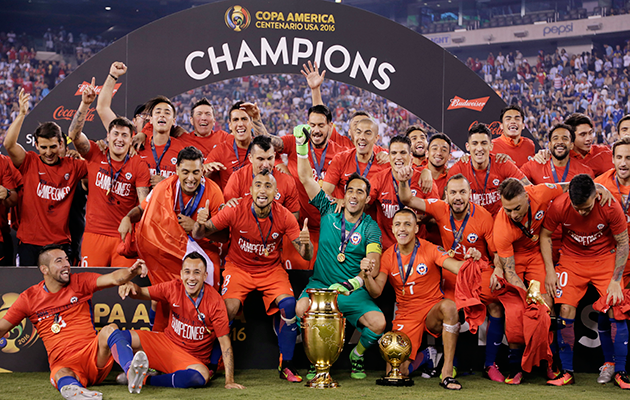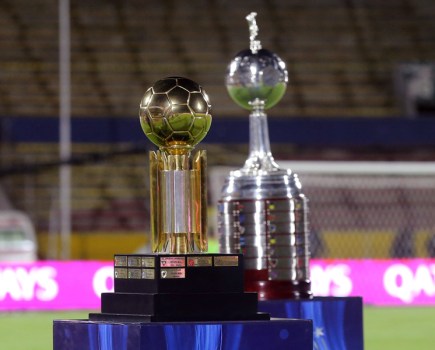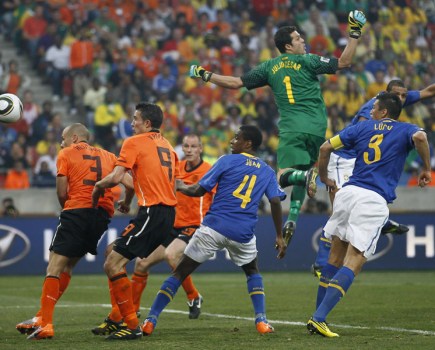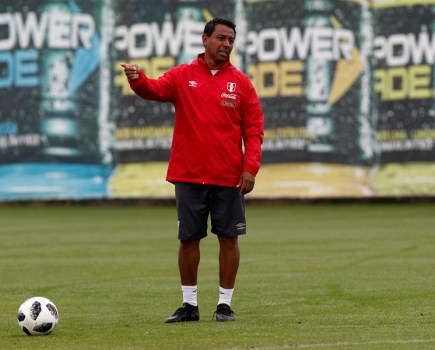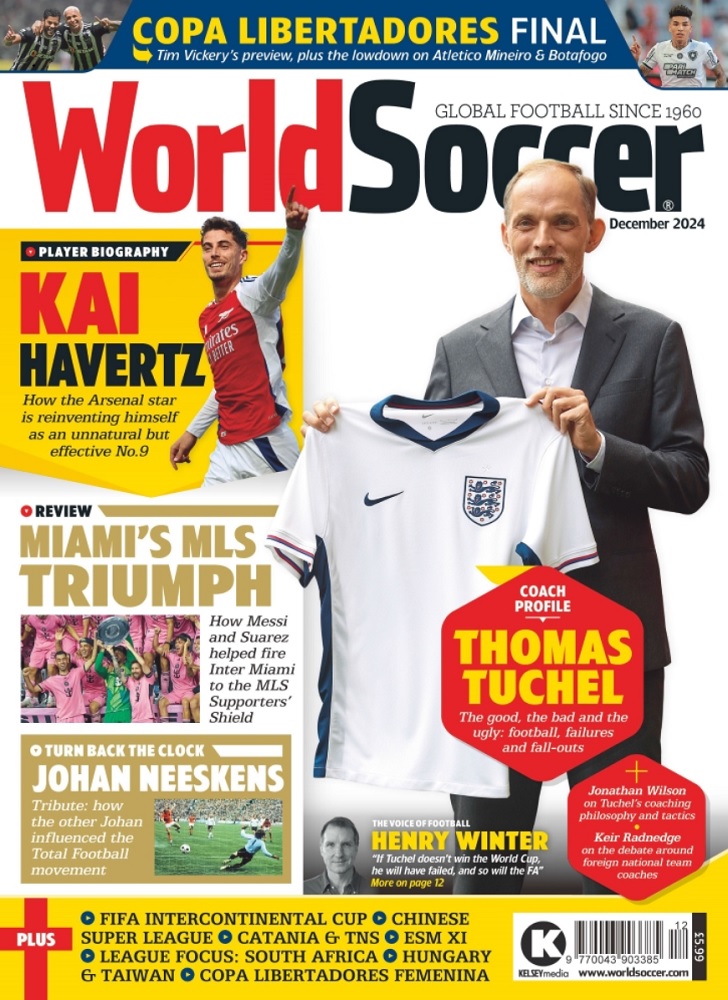In the opinion of the experts, England crashed out of Euro 2016 without at any point having defined their best team line up or system of play, despite having qualified for the competition with a 100% record.
Should this affirmation be accurate, then it is something of an indictment of the qualifying process in contemporary European football – an accusation that can certainly not be levelled at South America.
The continent has recently been celebrating the centenary of its local tournament, the Copa America, whose birth in 1916 did so much to raise standards and led directly to the inauguration of the World Cup just 14 years later.
But South America would also do well to commemorate 20 years of the next most significant event in its footballing history – the start of the current marathon all-against-all World Cup qualification format which was introduced in 1996.
Before this mark everything in national team football in South America took place on a tournament-type basis – teams were thrown together for short periods of time, with little real notion of continuity. There could be gaps of years between competitive matches – which the less traditional nations had no hope of filling with high profile, lucrative friendlies.
Over the last two decades, though, this has changed. There is one fallow year immediately following a World Cup. Then the Copa is held to kick start a new competitive cycle, which revolves through the next three seasons with the World Cup qualifiers.
The results make it clear how much those less traditional countries have benefited. Prior to the change, Ecuador had only ever won 5 World Cup qualifiers. They have now taken part on three of the last four World Cups, leaving Venezuela as the only nation on the continent yet to have appeared on the highest stage. But they are no longer merely making up the numbers. Before 1996 they had only ever won 2 qualifiers. But they turned a corner in 2001, winning 4 in a row. And in 2004 they beat Uruguay 3-0 in Montevideo’s legendary Centenario stadium, a venue where Brazil at the time had never won a fully competitive match.
It would also seem clear that the rise of the weaker nations has worked in favour of the stronger – precisely because it is not possible for them to breeze through untested as apparently was the case with England. The figures speak for themselves; Ecuador had their best ever World Cup in 2006, Paraguay in 2010, Colombia in 2014, and the last two have been the best ever in Chile’s history with the exception of 1962, which they hosted. Moreover, in the last two World Cups only one South American nation (Ecuador in 2014) failed to make it out of the group stage. The teams that emerge from such a contest are battle hardened and ready; Uruguay could only claim fifth place in the qualifiers for South Africa 2010 – where they went on to finish fourth in the world.
The current campaign, though, has been interrupted by this extra centenary Copa that just took place in the USA. It has come a third of the way through the Russia 2018 qualifiers, and will have a significant effect on what happens over the remaining two thirds.
For example, as discussed here last week, Argentina would appear to be the big losers, with Lionel Messi, probably followed by others, quitting the international game. Six rounds – the next third of the competition – are played by November, so that some rebuilding will have to be done in a hurry and under pressure.
It may even be possible that Copa victors Chile will suffer on the road to Russia. Theirs is an ageing squad. After two Copa wins in quick succession do they still have the motivation and the lung power to keep climbing the mountain? And Colombia, who came third in the Copa, perhaps leave the competition with as many questions as answers.

Dunga can have had few complaints after he was fired by Brazil
Paraguay have been thrown into confusion by the resignation of coach Ramon Diaz. The Copa, though, may have done Brazil a favour, removing Dunga, who always looked out of his depth, and forcing his replacement by Tite, by some distance the best local candidate.
As for the others, the two at the top of the table, Uruguay and Ecuador should be relatively untouched by events in the USA. The Uruguayans have got themselves in first place without ever being at full strength – either Luis Suarez or Diego Godin have been missing, and so they can look forward to picking their best eleven when the campaign resumes at the start of September. And Ecuador can congratulate themselves for making it out of the group phase in a tournament for the first time in a decade (and the first time in a Copa since 1997).
Three teams are out of touch at the bottom of the qualification table. One of them, Bolivia, had a miserable time in the Copa, completing a dreadful year. With ten defeats in 11 games, the reign of coach Julio Cesar Baldivieso could be cut short in the next few days. The other two, though, can look back happily on their time in the USA. Both Peru and Venezuela made it to the Copa quarter finals. Can they carry their newly found momentum into the qualifiers, and will it matter of they do? Peru are 6 points off the pace, Venezuela a massive nine points. With 12 rounds to go it is a lot of distance to make up. If they start putting a few wins together then nothing is impossible, but perhaps they should already have at least one eye on building towards 2022.

